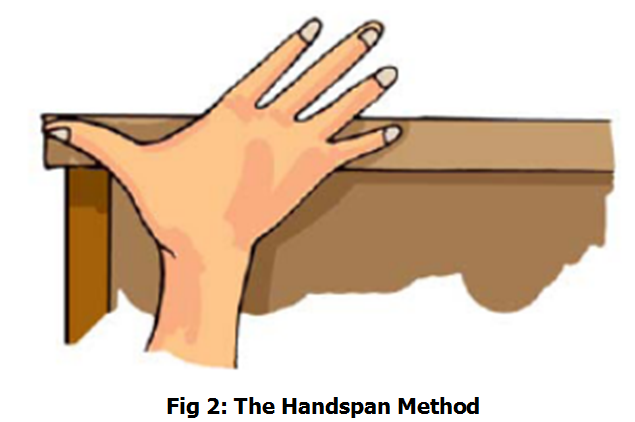- Books Name
- CBSE Class 6 Science Book
- Publication
- Param Publication
- Course
- CBSE Class 6
- Subject
- Science
Standard Unit of Measurement
To maintain uniformity in measurement, standard units of measurement were introduced in different parts of the world at different places. It have a fixed quantity and, therefore, do not vary from person to person and place to place. For example, the metric system, created by the French in 1790, is a standard set of units. Adopting standard units of measurement solves only half the problem. People in different countries may be using different sets of standard units for measurement. For example, gram and pound set of units. The adoption of SI units has made it easier for scientists of different countries to communicate their results to one another.
SI Unit (International System of Units): The SI system of units was adopted in 1960 by the General Conference of Weights and Measures. SI is the short form of system of International Units (in French).
It is the most widely used system of measurement in the world. It is based on MKS (Meter-Kilogram-Second) System. Length, weight and time are considered as basic quantities for measurement and other quantities are derived from them. As per SI system; the unit of length is meter, unit of weight is kilogram and the unit of time is second.
Depending on the size of the object we wish to measure, we have to choose an appropriate unit. For example, we use metres to measure the length of a piece of cloth, kilometres to measure the distance from one place to another, millimetres to measure the thickness of the hair, and so on. Units of length can be interconverted by multiplying or dividing their values by 10, 100, 1000, and so on.
A commonly used unit for measuring large distances is the kilometre (represented as km). Commonly used units for measuring small distances are the centimetre (cm) and millimetre (mm).
1000 m = 1 km
100 cm = 1m
1000 mm = 1 m
For measuring lengths smaller than the metre, its sub-multiples are used. For lengths greater than the metre, its multiples are used , Those are given in following table:-
Relation between some units :
10 mm =1 cm, 10 cm = 1 dm, 10 dm = 1 m;
10m = 1 dam, 10 dam = 1 hm, 10 hm = 1 km
- Books Name
- Class 6 Science Book
- Publication
- PathSet Publications
- Course
- CBSE Class 6
- Subject
- Science
How wide is this desk?

Length and distance
- Distance is the measure of how far or long something is. E.g.: the length of a table, or a soccer field or, how far is Mumbai from Delhi?
- Length can be measured in terms of a unit. A unit is a comparison of an unknown quantity with that of a known quantity. It is required to establish a common standard or convention to make calculations and analysis easier worldwide.
Traditional ways of measuring lengths :
- Traditional methods of measuring length were the use of the length of one’s foot or other body parts. But, was inconsistent since this varies from person to person and lacks uniformity.
- Distance: How far an object travels constitutes distance!! The GPS system introduced these days accurately measures the distance from one place to another.
- Arbitrary ways to measure the length or width:
- Measuring using handspan and measurement by a string were used in ancient times but these methods are not so reliable and hence some standard units of measurement have been introduced.


 Param Publication
Param Publication
 PathSet Publications
PathSet Publications
